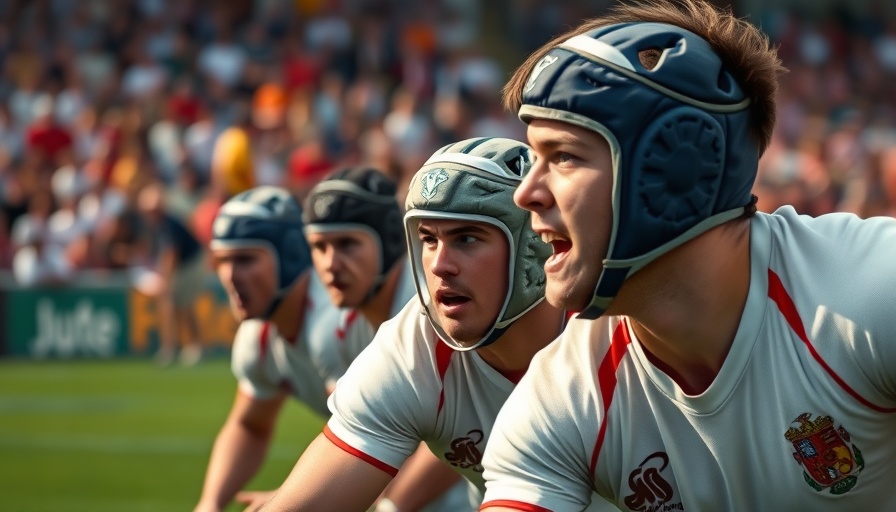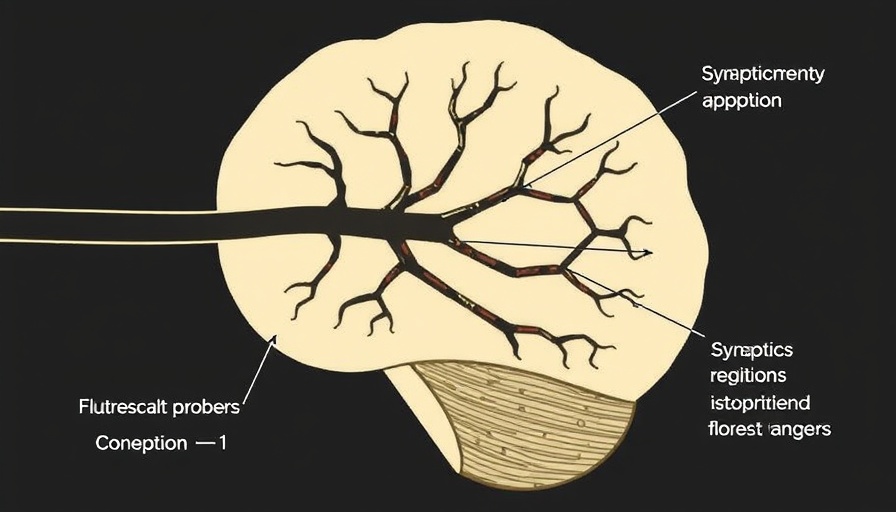
The Limitations of Rugby Headgear in Concussion Prevention
Concussions in contact sports, especially rugby, continue to raise health concerns. While headgear is a common sight on the pitch, ongoing research suggests that these protective barriers may not effectively prevent concussions. Instead, their primary function seems to be absorbing minor impacts rather than protecting players from serious head injuries. With numerous studies showing that headgear cannot completely eliminate concussion risks, the importance of understanding their capabilities and limitations becomes critical for health practitioners advising athletes and teams.
Why New Materials Matter in the Fight Against Concussions
The quest for better headgear focuses on innovating materials that can absorb shocks more effectively over extended periods. One such promising avenue is the use of materials that soften impacts while maintaining durability and comfort. For instance, certain polymers and composites are being tested to create lighter, more resilient headgear that can provide supplementary protection. These advancements could aid in diminishing the cumulative effects of head trauma that accumulate throughout a player’s career. As a result, health practitioners should keep an eye on material developments that align with sports safety regulations.
Relevance to Current Regulations and Safety Guidelines
In response to increasing awareness of concussions' long-term impacts, governing bodies in rugby are revisiting regulations around player gear. Organizations like World Rugby are actively engaging in discussions about the future of protective equipment. Exploring the regulations governing headgear not only helps practitioners recommend compliant products but can also inform discussions on how new material developments could reshape these guidelines. Practitioners who stay updated on these regulations can better support both players and teams.
The Emotional Aspects of Concussion Awareness
Educating athletes, their families, and coaches on the risks and realities of concussions is crucial. Many athletes feel invincible when playing, often overlooking the serious consequences of concussive injuries. Building awareness about the limitations of headgear and the risks associated with impacts creates an emotional connection, encouraging proactive measures for health monitoring and assessment. Practitioners can play an essential role by fostering conversations that prioritize player safety over performance.
Practical Insights For Health Practitioners
For concierge health practitioners, several actionable insights can assist in better navigating conversations about concussion risks with athletes and their families. Firstly, empathizing with patient experiences while educating them about the implications of concussions can foster more open communication. Additionally, practitioners should emphasize the importance of monitoring neurological health regularly. Suggesting baseline testing or cognitive assessments can facilitate early detection of issues. Emphasizing a proactive approach to player health can lead to better, more informed decisions regarding when to return to play.
Engaging Athletes in Their Health Journey
As practitioners, engaging athletes in their health journey is crucial. Encourage them to voice concerns about headgear and address fears about concussions. Instruments like educational seminars or informative resources can empower athletes and families, equipping them with knowledge to make informed choices. These resources can also include insights on the latest technology and materials being developed in sports safety.
A Call to Action for the Medical Community
As the landscape of sports medicine evolves, it is vital for the medical community to stay informed and proactive. Keeping abreast of the advancements in headgear material technology, understanding the ongoing research surrounding concussions, and actively partaking in educational outreach can greatly enhance the care offered to athletes. By doing so, practitioners not only ensure the safety of their patients but also contribute to a broader understanding of the long-lasting impacts of sports-related head injuries.
 Add Row
Add Row  Add
Add 






Write A Comment